Riddle 1
What are these objects made of?
- Ceramics19%
- Metal9%
- Leather72%
The competition has ended.


Fun, games, excitement - design? Some furniture and home accessories are more surprising than others because they don't reveal everything at first glance. Join in the picture puzzle to find out what these objects are made of.
As a child, I shook and weighed surprise eggs and held them to my ear to deduce the contents of the egg. Today, I listen to designers when, after much puzzling, I still can't work out what's behind their designs. Because creative minds are increasingly pushing the boundaries between the familiar appearance and tactile feel of materials, they are once again demonstrating that nothing is as it seems.
The play with our perception gives their works that captivating surprise egg effect and makes them fun. That's why I'm giving you the opportunity to guess the contents of these five "design eggs" that I came across this year.
What material do you think the beautiful pieces in the photos are made of? Give us your guess - you'll find the answer below if you keep scrolling down.
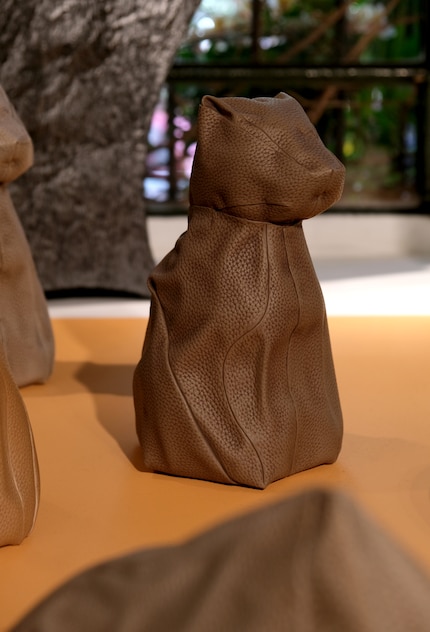
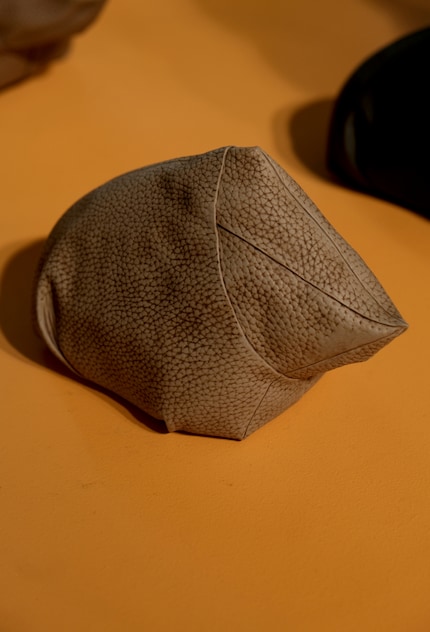
What are these objects made of?
The competition has ended.
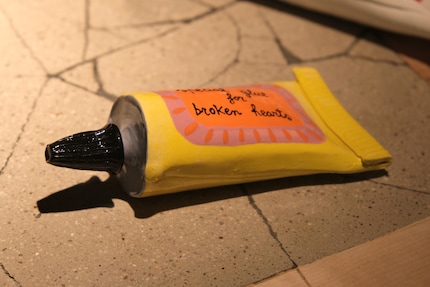
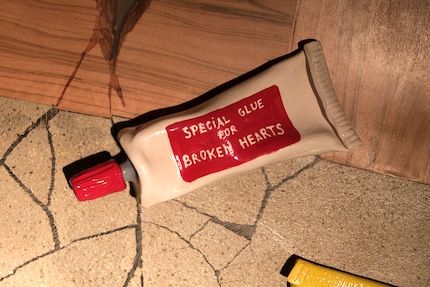
What are these tubes made of?
The competition has ended.
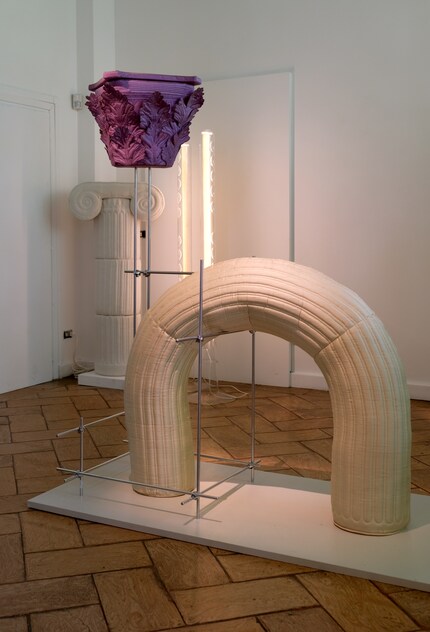
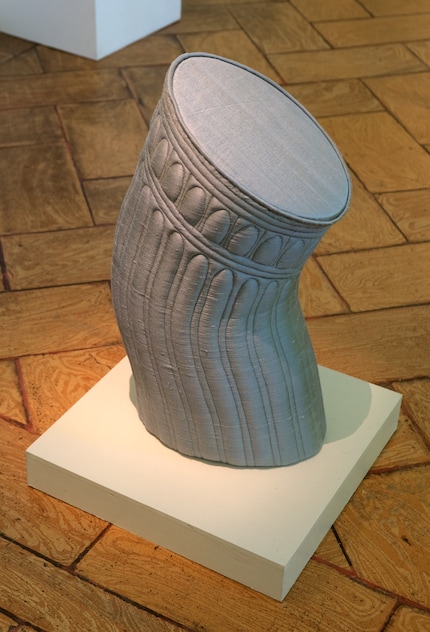
What are these sculptures made of?
The competition has ended.
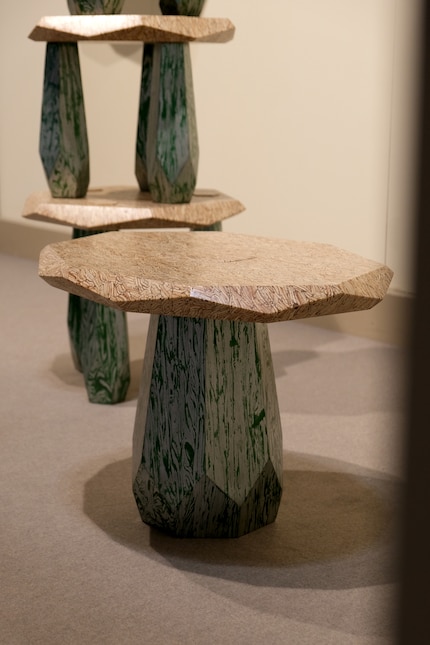
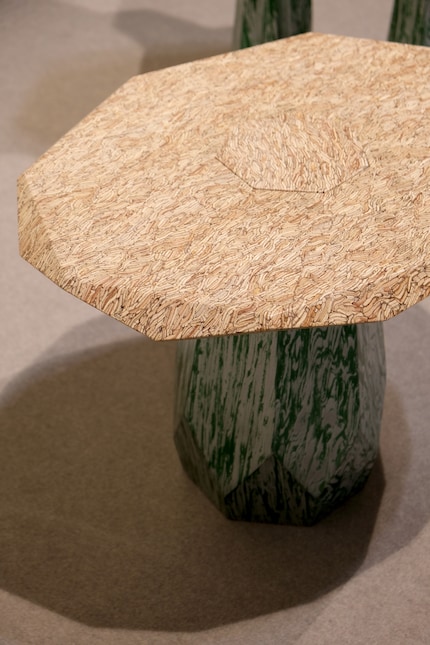
What are these tables made of?
The competition has ended.
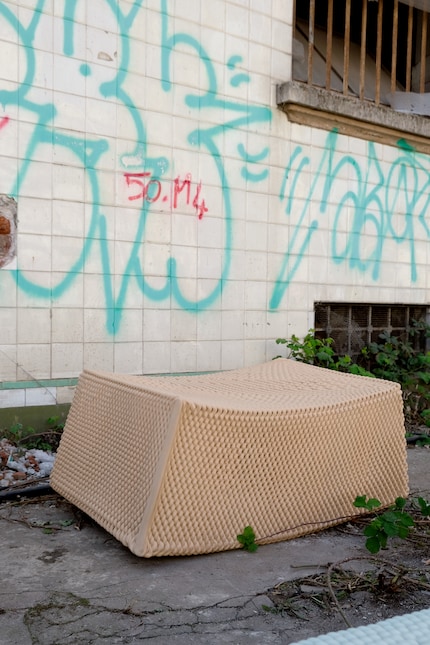
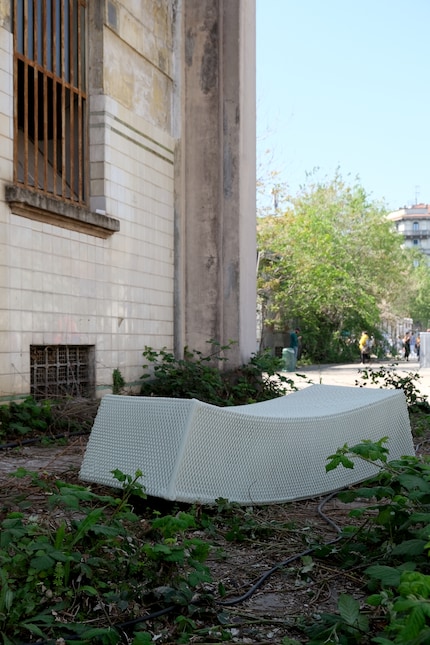
What are these benches made of?
The competition has ended.
I was actually sure that the cute little animals from Dasol Lee were made of leather. Their surface is grained and looks warm and luxurious. Then I read the collection's title "From animals for animals" and was perplexed: if these objects are supposed to be for animals, they can hardly be made of real leather. So I did some research and found out that they are made of ceramic. The Korean designer wants to show that she stands in solidarity with endangered animals. That's why she only uses the texture of artificial leather. Also to give the surface a new look and "overcome the limitations of leather as a material", as she says.
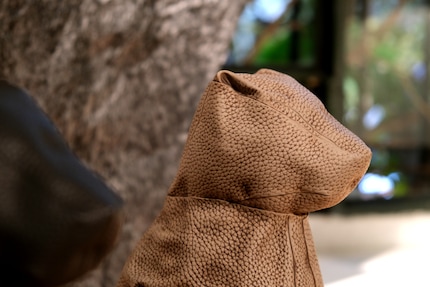
From a distance, it seemed as if the glue tubes by artist Michela Castagnaro were made of cardboard and aluminium. But when you touched them, it quickly became clear that they were actually ceramic. The beautiful pieces can therefore not stick things together. Instead, they offer comfort with their inscriptions such as "Special glue for a broken heart".
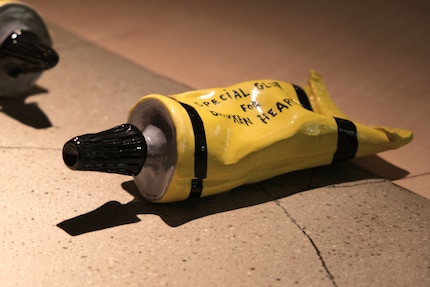
I assumed that these sculptures by Sergio Roger were made of plaster. But the works are made of fabric. They are part of the "Textile Ruins", which play with appearances and reinterpret the art of antiquity from a modern perspective. By distorting, bending and twisting his columns or using an unexpected material, the artist challenges Western idealised views of antiquity. Instead of being made of stone or bronze, he encases his columns in antique linen that is between 100 and 150 years old and close in colour to the original. The final step in the production of the linen sculptures is sewing and draping by hand.
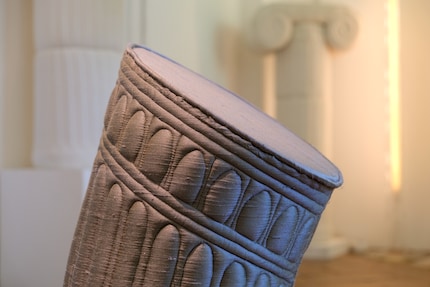
I initially thought the work "Primitive Structures" by Seoul-based designer Weonrhee was a conventional metal table with a fancy finish. However, when I enquired, I learnt that the side table is made from recycled veneer strip wood (PSL). This is produced during the plywood and laminated veneer lumber (LVL) process and often contains the wood species Douglas fir, pine and hemlock. The Korean designer wanted to reuse waste from the country's interior design industry. Therefore, he proposed a recycling system to create valuable design from the used and discarded wood. To fill the gaps on the surface of the PSL material, he uses excess wood shavings from product processing to create an impressive pattern.
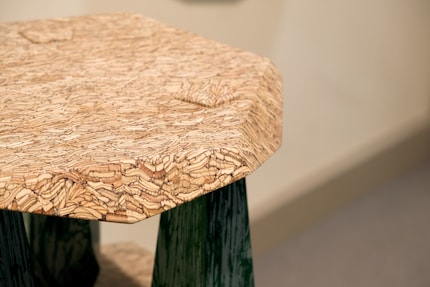
The name "Knotty" led me astray. Although the benches are inspired by knitting techniques, nothing textile was knotted here. On the contrary: the design studio The New Raw processes plastic waste with robots. It was founded by architects Panos Sakkas and Foteini Setaki with the aim of giving discarded materials a second life through design, modern technology and craftsmanship. "Knotty" is created in a specially developed manufacturing process. The waste is shredded into granulate, which is melted down and used as material for the plastic thread in the studio's modern 3D printers. It is then applied in layers like a knitting pattern to form the bench. This process not only minimises waste, but also gives the design its unmistakable tactile and seemingly soft surface.
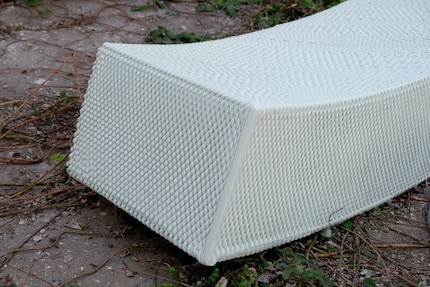


Like a cheerleader, I love celebrating good design and bringing you closer to everything furniture- and interior design- related. I regularly curate simple yet sophisticated interior ideas, report on trends and interview creative minds about their work.
From the latest iPhone to the return of 80s fashion. The editorial team will help you make sense of it all.
Show all